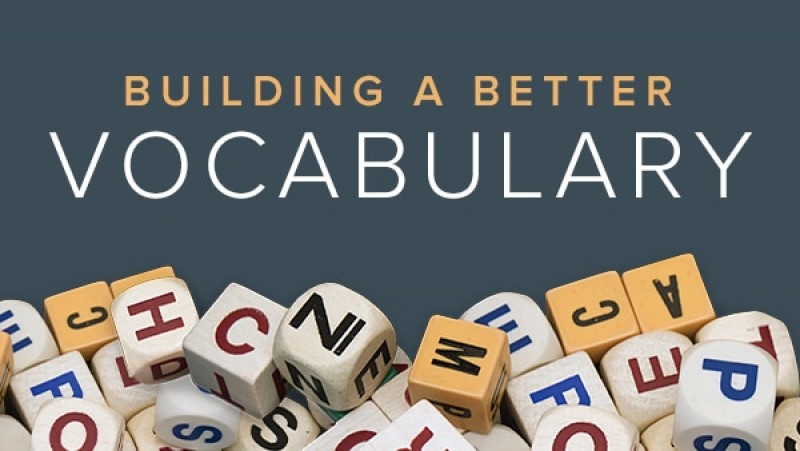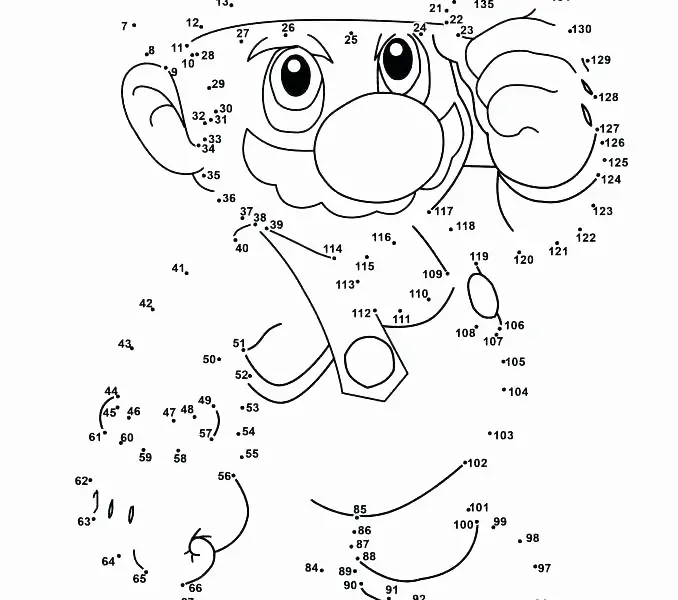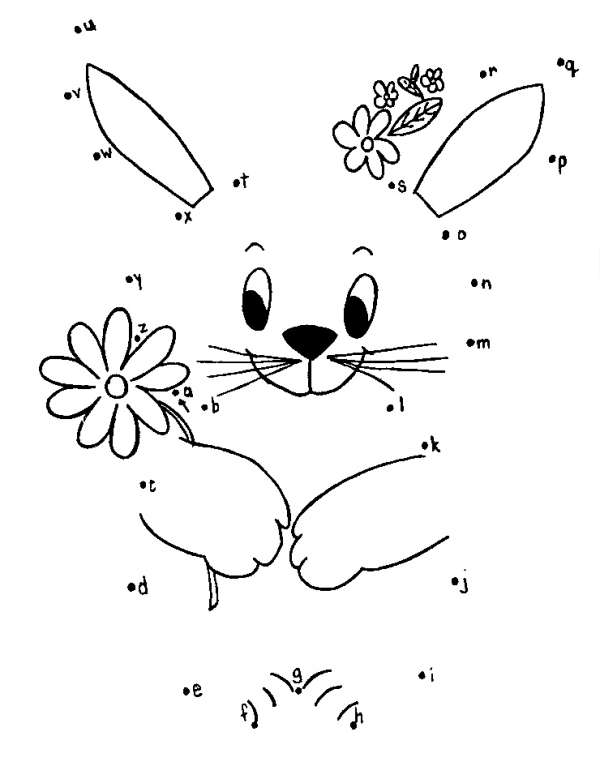Try this free vocabulary bingo activity from presto plans to help your
Table of Contents
Table of Contents
Are you struggling to introduce new vocabulary to your students? Do you find that they often forget the words you taught them after just a few days? As a language instructor, it can be frustrating to watch your students struggle with vocabulary retention. But fear not, as there are strategies you can implement to make vocabulary acquisition more effective and efficient for your students.
Introducing new vocabulary to students can be a daunting task for both teachers and learners. Students may find it hard to remember new words, and teachers may struggle to devise effective strategies that ensure long-term retention of vocabulary. As a result, teachers may feel disheartened, and students may feel discouraged.
The most effective way to introduce new vocabulary to students is through contextualization. Students learn best when they can relate new words to their context or real-life situations. This makes learning more engaging and memorable as students are able to see how the new word can be applied in real situations. This also helps to promote retention of vocabulary by students.
In summary, introducing new vocabulary to students can be an overwhelming task, but it doesn’t have to be. Teachers can improve vocabulary acquisition by contextualizing learning to real-life situations. By doing this, students can better relate to new words and are more likely to remember them long-term.
Using Visuals to Introduce New Vocabulary
One of the most effective strategies for introducing new vocabulary to students is by using visuals. I often use pictures or drawings to help my students understand the meaning and context of new words. For example, when teaching the word “clarify,” I would show students a visual of someone explaining something to another person. By using pictures, my students find it easier to remember new words and understand how they can be used in different contexts.
 Teaching Vocabulary through Games
Teaching Vocabulary through Games
Using games to teach vocabulary is an innovative and fun way to engage students in the learning process. In my experience, I have found that games such as bingo, crossword puzzles, and word searches are great ways to help students learn new words. For example, playing vocabulary bingo as a class can be both fun and engaging; students learn new words by listening carefully for the teacher’s call and marking off the corresponding square on their bingo cards.
 ### Encouraging Word Contextualization
### Encouraging Word Contextualization
Word contextualization is the key to retain new vocabulary. Encouraging students to use the words in a sentence, make association to real-life situations, or tell stories with new words can help with retention. It is also beneficial to ask students to recognize new words when given in reading and listening activities. By doing so, students can solidify their grasp of new words and remember them for a longer time.
 #### Using Technology to Teach New Vocabulary
#### Using Technology to Teach New Vocabulary
There are many digital platforms and tools available that can help students learn new words in a fun and engaging way. For example, Quizlet allows students to create their own vocabulary lists and provides interactive modes to learn and practice new words. Another example of such tools would be FluentU, an app that teaches vocabulary through authentic videos and real-life contexts. Using technology in your teaching can be a great way to keep your students engaged and motivated to learn new words.
 Question and Answer
Question and Answer
Q: How often should teachers introduce new vocabulary to their students?
A: It depends on the level of students and the nature of the class activity. In general, a few words per class session should suffice.
Q: How can teachers make students interested in learning new vocabulary?
A: Incorporating games and interesting visuals to lesson plans can be a great way to make learners interested in the learning process. Creating a friendly competition and providing positive feedback for good vocabulary use are also great motivators.
Q: What can students do to retain new vocabulary after class?
A: Students can create flashcards, use digital platforms to practice, and try to use new words in real-life situations.
Q: How to assess if students have properly learned new vocabulary?
A: Teachers can use formative assessments such as quizzes or concept maps to check if students have properly learned new words. In addition, observation and corrective feedback can also help in determining if students have correctly understood the new vocabulary introduced in class.
Conclusion of strategies for introducing new vocabulary
Introducing new vocabulary to students can be a tricky task; however, with the right strategies, teachers can make learning fun and engaging for students of all ages. By using visuals, games, technological tools, and integrating context into the learning process, we can ensure that our students not only learn new words but are also able to use them in real-life situations. Remember to encourage students to practice, and to provide positive feedback for good vocabulary use. With time and the right strategies, we can all improve our students’ vocabulary retention and fluency.
Gallery
Effective Strategies For Teaching Vocabulary | English EFL

Photo Credit by: bing.com / efl
What Every Teacher Should Know About Teaching Vocabulary - The

Photo Credit by: bing.com / vocabulary teaching teacher instruction strategies should know every reading teach words activities word read key classroom vocab elementary study general
Pin On Reading

Photo Credit by: bing.com / introduce busyteacher sfr wordplay siop foldables spoken learners messagerie enseignement voc
Try This Free Vocabulary Bingo Activity From Presto Plans To Help Your

Photo Credit by: bing.com / vocabulary teaching bingo activity presto try plans choose board secondaryenglishcoffeeshop ca
Clarifying (With Images) | Vocabulary Strategies, Vocabulary Skills

Photo Credit by: bing.com / vocabulary strategies teaching skills development classroom words pdf literacy instruction school reading language semantics building students activities concepts learning english





